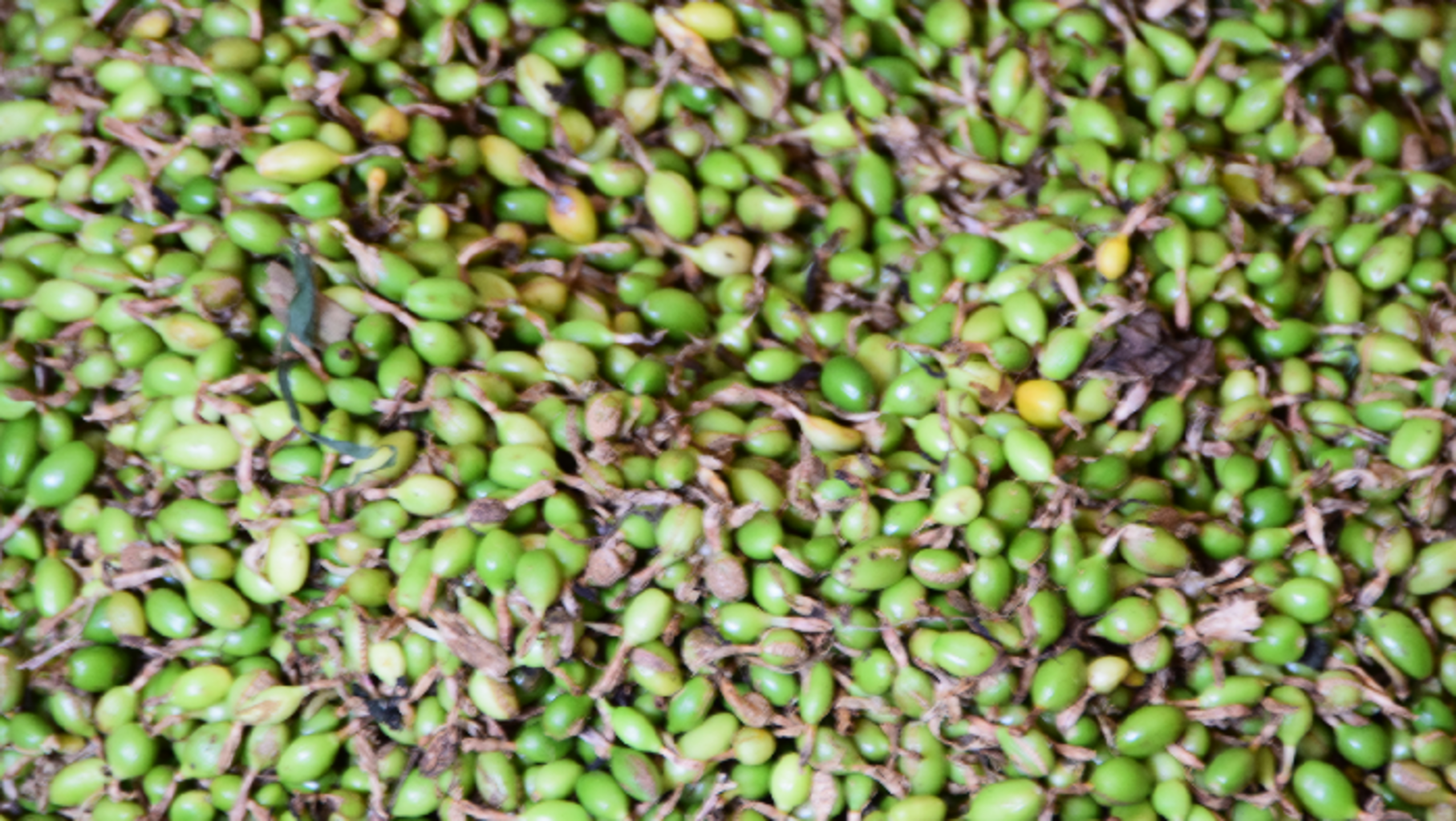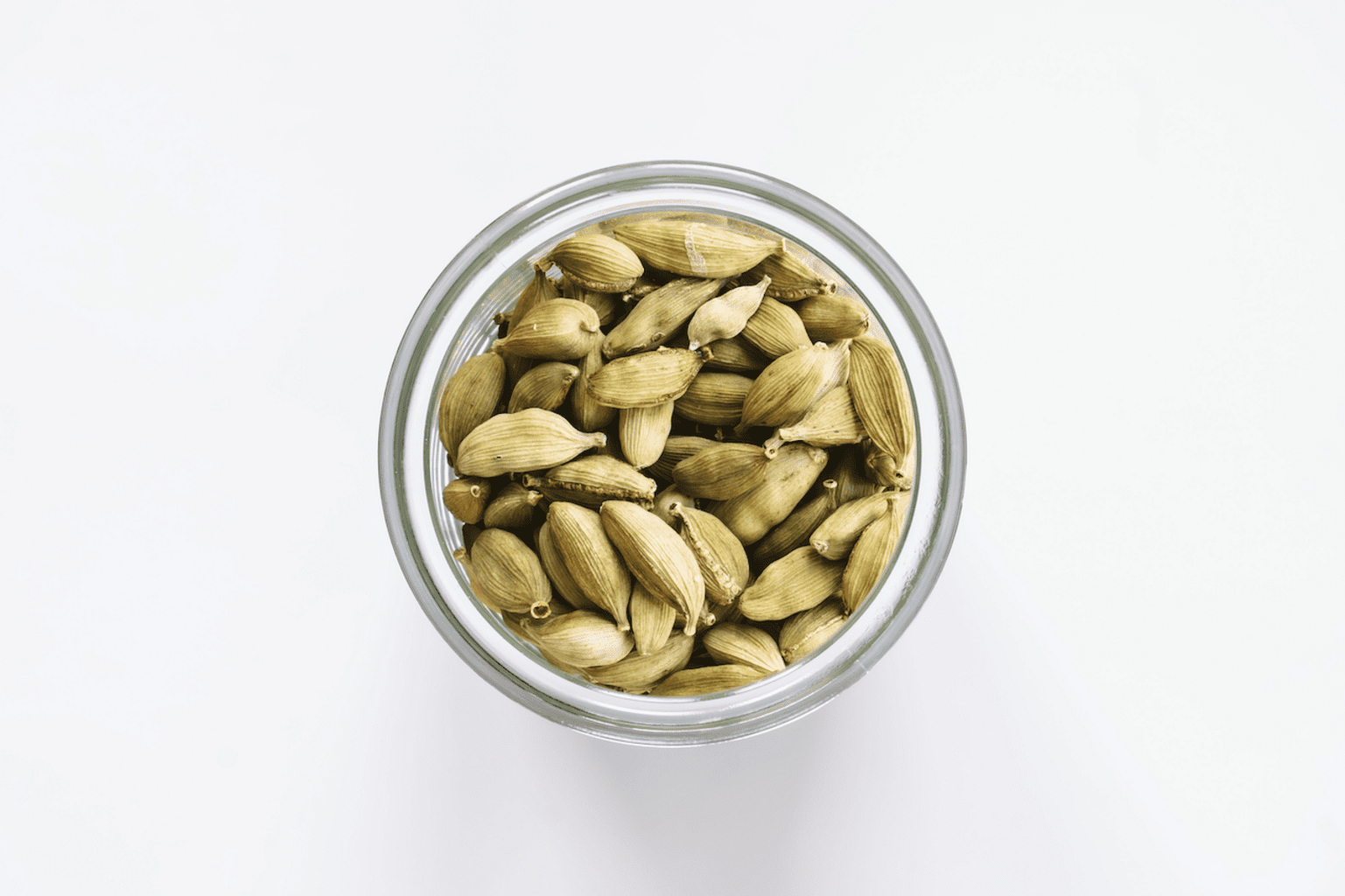Cardamom
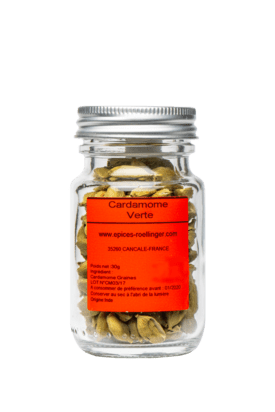
Recommendations
Whole cardamom pods can be cracked open then added directly to steamed rice or to meat and chicken curries to infuse them with flavor.
To use cardamom to flavor desserts: Add whole pods or ground powder to rice pudding instead of vanilla, flavor braided brioche doughs with cardamom to make a Swedish “kardemummabullar” or infuse cardamom in ice cream custards.
Try grinding a cardamom pod with coffee beans, then use the beans to make cardamom-scented coffee or cardamom-flavored coffee desserts.
Our recipes
-
Allergens
Absent, except for cross-contamination.
May contain traces of sesame, celery, mustard, soy. - Origin Sri Lanka
- Storage / Use In a cool, dark, dry place.
Olivier Rœllinger's words
My preference is for the green cardamom from Kerala. I have a passion for this flavour, but be careful, it can overpower a dish. I like to use it with or instead of ginger, particularly to flavour seafood bouillons and fish in its own stock. You can grind the whole pods in a coffee grinder, but it is better to sift this powder. It´s present in a number of Indian and Asian spice mixes, particularly curries and masale.
Personally, I enjoy it with milky tea with cinnamon and ginger, a drink the Indians appreciate at any time of day.
A pinch of freshly ground cardamom in yogurt or fromage blanc can accompany fish or scallops marinated in lemon. A visit to Turkey provides an introduction to the marriage of coffee and cardamom. In the same spirit, you can use cardamom to flavour a coffee mousse or ice cream.
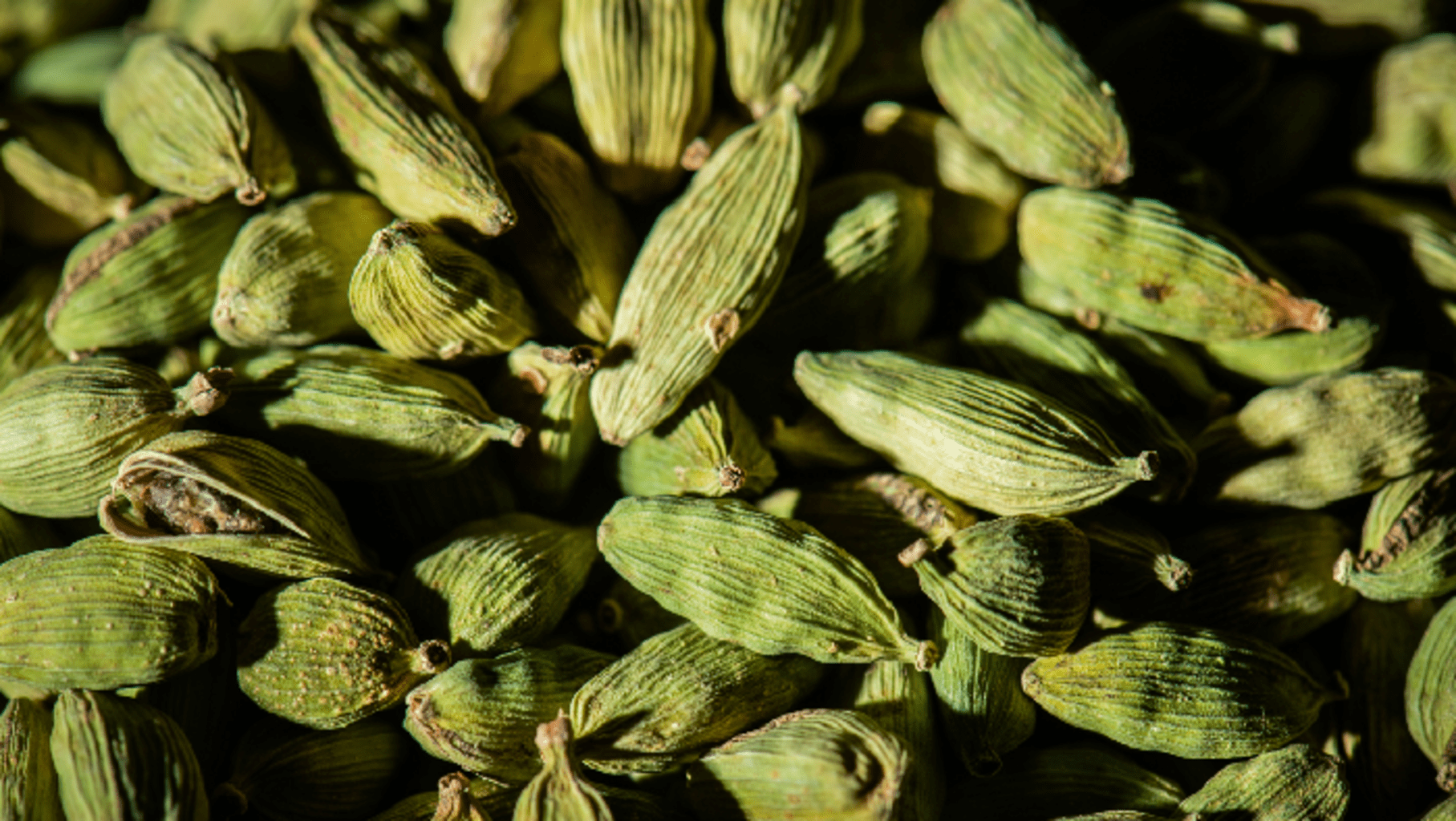
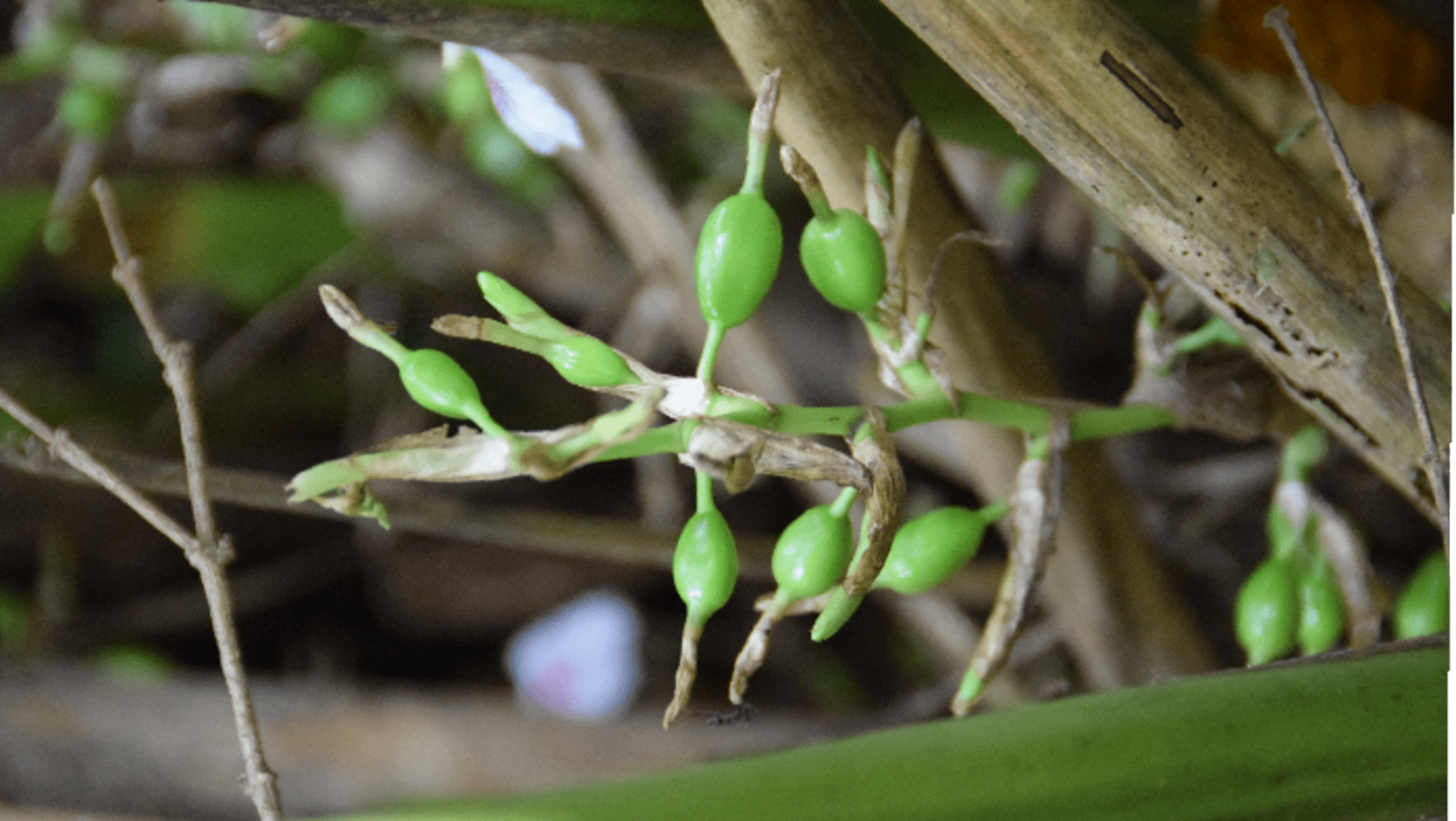
Story
Cardamom is considered the queen of spices in India, and with good reason : It is the third-most expensive spice. Cardamom is extremely susceptible to disease and pests, especially when it is cultivated organically without chemicals or pesticides.
Cardamom pods are pale green and contain small, highly fragrant black or brown seeds. The plant’s flowers are pink and white and the pods mature on a climbing vine.
These seeds with a penetrating flavour have been appreciated since ancient times in China and India. They were considered a panacea against a number of illnesses, particularly dysentry. The Arabs brought them back from the East, and the Jewish people, then the Greeks and Romans, adopted them.
Cooks in Europe had almost forgotten this seed; only the Scandinavians continued to rely on it for their breads and cakes, and maybe in a few German provinces it has also been used in charcuterie.
This spice has rich medicinal properties, it is also often present in toothpastes.
